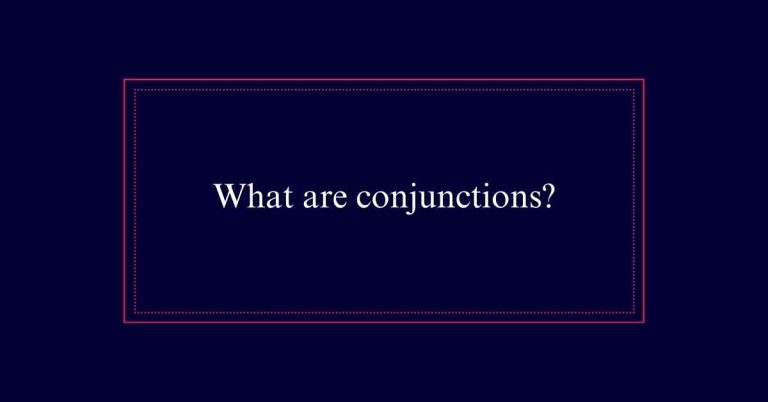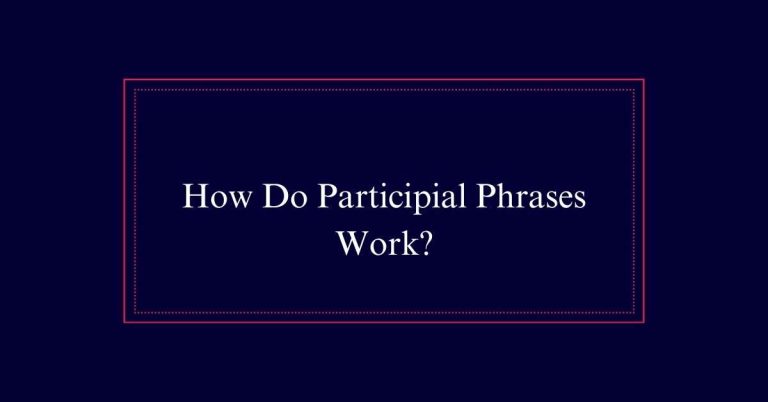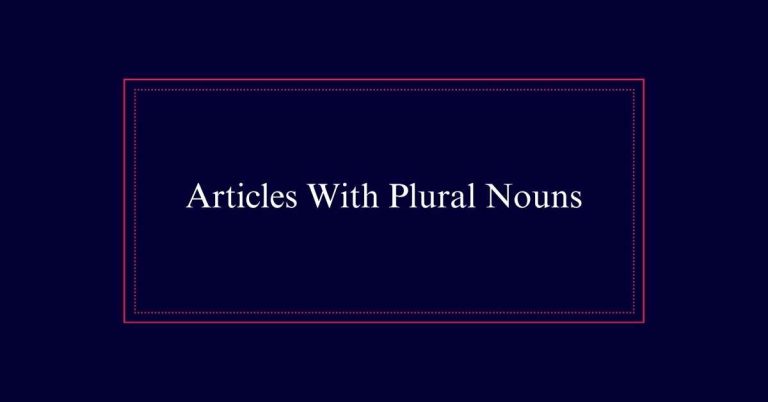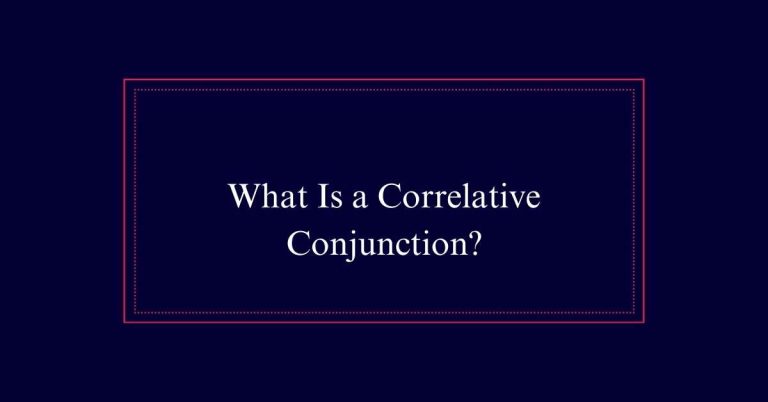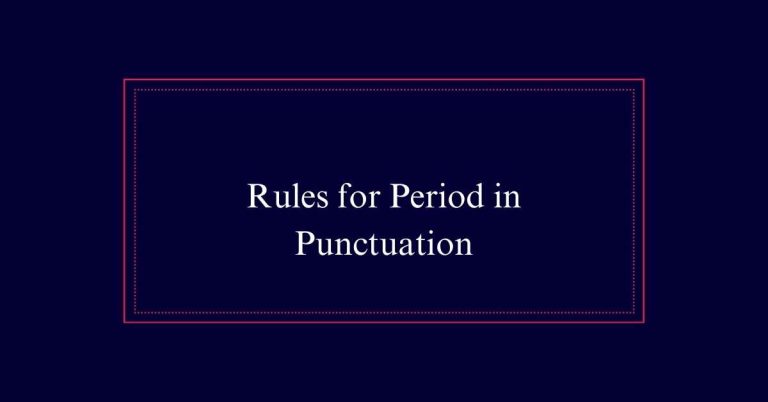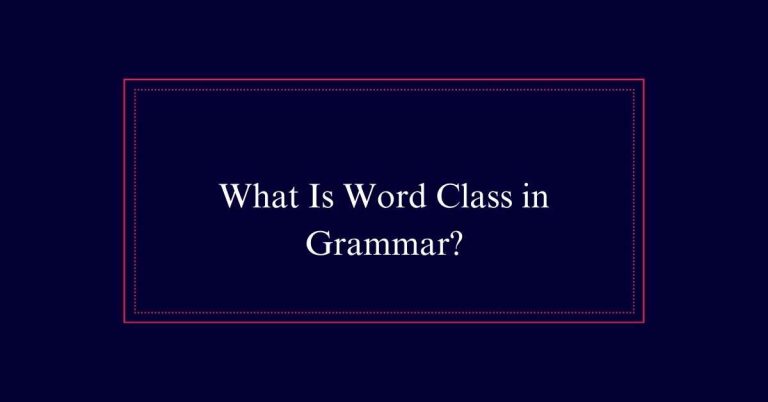Sentence Structure: Rules for Every Sentence Type
Simple sentences contain one independent clause, while compound sentences combine multiple independent clauses using coordinating conjunctions. Complex sentences include at least one dependent clause, adding depth. Proper grammar, including subject-verb agreement and punctuation, guarantees clarity. Independent clauses can stand alone, but dependent clauses need additional information.
Understanding Sentence Structure
Understanding sentence structure is fundamental to mastering effective communication. A sentence must have at least a subject and a verb. This basic rule guarantees clarity and completeness.
Objects can be added for more detail, with direct objects receiving the action and indirect objects receiving the direct object. Clauses are critical components: independent clauses can stand alone, while dependent clauses support independent ones.
Sentence structures vary. They can be simple (one independent clause), compound (multiple independent clauses), complex (an independent clause plus one or more dependent clauses), or compound-complex (multiple independent clauses and dependent clauses).
Essential Grammar Rules
Mastering essential grammar rules is crucial for clear and effective communication. Proper grammar guarantees sentences are understandable and convey the intended message. Key rules include subject-verb agreement, correct punctuation, and proper pronoun usage. Adhering to these rules helps in constructing coherent and meaningful sentences.
Below is a table summarizing some essential grammar rules:
| Rule | Description | Example |
|---|---|---|
| Subject-Verb Agreement | Subjects and verbs must agree in number. | ‘She writes.’ vs. ‘They write.’ |
| Proper Punctuation | Use commas, periods, and other marks correctly. | ‘Let’s eat, Grandma!’ |
| Capitalization | Capitalize the first word and proper nouns. | ‘John went to Paris.’ |
| Pronoun Usage | Use pronouns correctly to avoid confusion. | ‘It is her book.’ |
| Sentence Structure | Follow the subject-verb-object order. | ‘The cat chased the mouse.’ |
Independent Vs. Dependent Clauses
Independent and dependent clauses form the foundation of sentence structure. An independent clause is a complete thought. It has a subject and a verb. It can stand alone as a sentence. For example, ‘The dog barked.’
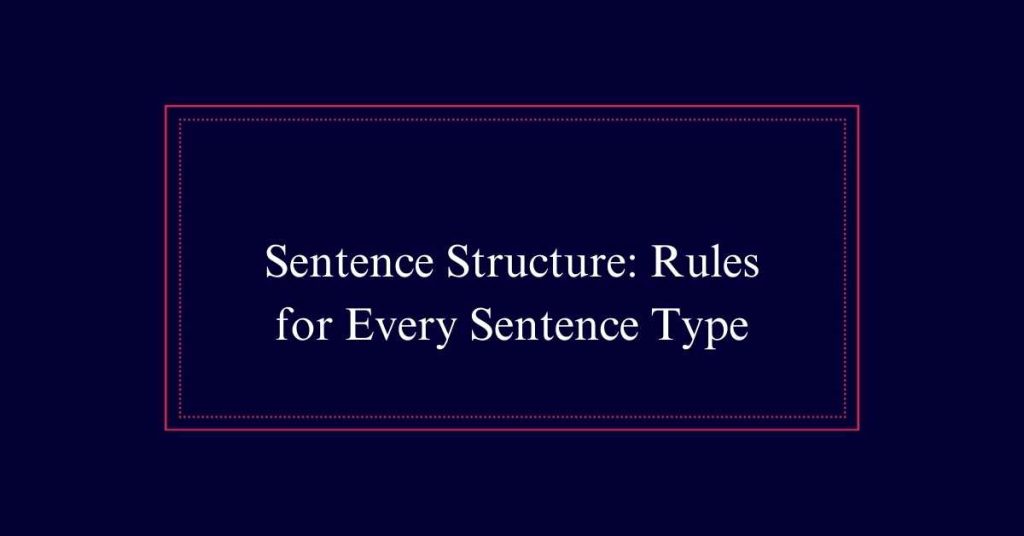
In contrast, a dependent clause cannot stand alone. It depends on an independent clause to make sense. It also has a subject and a verb but needs more information. For instance, ‘Although the dog barked’ is a dependent clause. It requires an independent clause to complete its meaning, such as ‘Although the dog barked, the cat remained calm.’
Simple Sentence Structure
A simple sentence consists of one independent clause, containing a subject and a verb. This structure conveys a complete thought and can stand alone.
For example, ‘The cat sleeps’ is a simple sentence. It is straightforward, with ‘The cat’ as the subject and ‘sleeps’ as the verb.
Simple sentences are foundational in writing. They provide clarity and directness. They are easy to understand and effective for stating facts or providing instructions.
Compound Sentence Structure
How can compound sentence structure enhance your writing?
Compound sentences combine two or more independent clauses, joined by a coordinating conjunction (e.g., and, but, or). This structure can add variety and balance to your writing, making it more engaging and dynamic.
Consider these benefits:
- Clarity: Clear connections between related ideas.
- Fluency: Smooth flow of thoughts.
- Interest: More engaging text.
- Depth: Enhanced expression of complex ideas.
For example: ‘I went to the store, and I bought some apples.’
Here, two complete thoughts are linked, providing a richer reading experience.
Complex Sentence Structure
While compound sentences bring clarity and balance, complex sentences add depth and nuance to your writing.
A complex sentence contains one independent clause and at least one dependent clause. Dependent clauses, introduced by subordinating conjunctions like ‘because,’ ‘although,’ or ‘when,’ provide additional context or background information.
For example, ‘Although it was raining, we decided to go for a walk.’ Here, ‘Although it was raining’ is the dependent clause enhancing the main idea. This structure allows for more detailed and layered expression.
By incorporating complex sentences, writers can convey relationships between ideas more effectively, making their text richer and more engaging.
Mastering complex sentences is essential for clear and sophisticated communication.
Compound-Complex Sentences
Combining the elements of both compound and complex sentences, compound-complex sentences elevate your writing by incorporating multiple independent clauses and at least one dependent clause. This structure allows for nuanced expression and intricate ideas.
To master compound-complex sentences, consider these essential tips:
- Understand Clauses: Recognize the difference between independent and dependent clauses.
- Use Conjunctions: Properly connect clauses with coordinating and subordinating conjunctions.
- Maintain Clarity: Guarantee your sentence remains clear and coherent despite its complexity.
- Practice: Regularly write and revise compound-complex sentences to build proficiency.
Importance of Sentence Variation
Why is sentence variation crucial for effective communication? It keeps the reader engaged and prevents monotony. Diverse sentence structures enhance readability and clarity. By varying sentences, writers can emphasize key points and convey complex ideas more effectively.
| Sentence Type | Example |
|---|---|
| Simple Sentence | The cat slept. |
| Compound Sentence | The cat slept, and the dog barked. |
| Complex Sentence | While the cat slept, the dog barked loudly. |
Using different sentence types allows for a dynamic flow in writing. It helps in maintaining the reader’s interest and ensuring the message is understood. Effective communication relies on this variation to create a balanced and compelling narrative.
- What is Predicate?
- Declarative Sentences
- What Is Sentence Inversion?
- End of Sentence Punctuation
- How to use compound Sentences?
- What are Transition Sentences?


